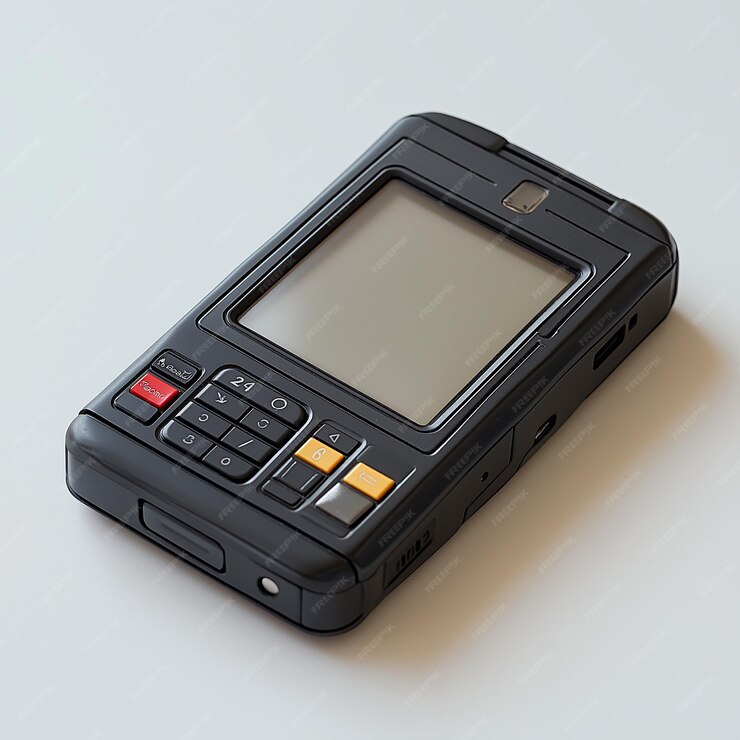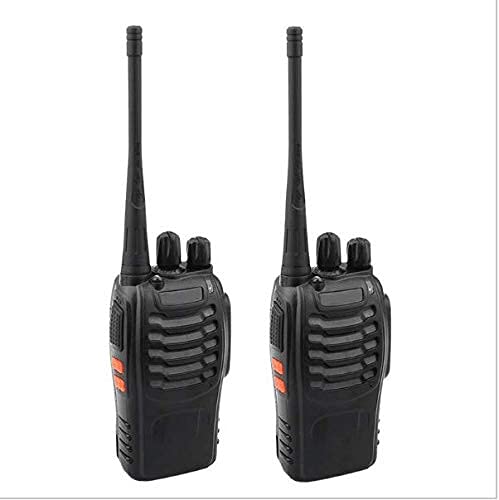A pager, also known as a beeper, is a small telecommunications device used to receive short messages or alerts. Popular primarily from the 1980s to the early 2000s, pagers were essential tools for communication, especially in industries such as healthcare, emergency services, and corporate environments, where instant and reliable messaging was crucial.

Pagers played a significant role before the widespread adoption of mobile phones. Despite the decline in their popularity, pagers are still in use today in specific sectors that require reliable, one-way communication, particularly in areas where mobile phone networks are unreliable.
Types of Pagers
There are different types of pagers based on how they receive and transmit information:
- One-Way Pagers:
- These are the most basic types of pagers. They can only receive messages but cannot send responses. Typically, the messages would be numeric (phone numbers) or short text alerts.
- Used by doctors, paramedics, and other professionals to get notified about emergencies.
- Two-Way Pagers:
- These allow users to both receive and send messages. They function similarly to a basic text-messaging system.
- They became more popular in the late 1990s and early 2000s but were eventually overshadowed by mobile phones with advanced text messaging capabilities.
- Numeric Pagers:
- These pagers display numeric messages, typically phone numbers, that the recipient is supposed to call back. They were widely used in the 1980s and 1990s.
- Alphanumeric Pagers:
- These pagers can display both numbers and text messages. They provide more detailed information than numeric pagers, such as text-based alerts and messages.
- Voice/Tone Pagers:
- Voice pagers allow the user to hear a voice message, while tone pagers beep or emit a sound to alert the user to an incoming message.
How Pagers Work
Pagers operate using a wireless network that transmits messages from a paging system (usually run by a pager service provider) to the pager devices. Here’s how the system generally works:
- Message Sent: A message is sent to a pager, usually by dialing a specific phone number or using a computer system linked to a pager network.
- Signal Transmission: The message is converted into a radio signal and transmitted via a network of towers or satellites, similar to how mobile phones work, but often using a dedicated radio frequency reserved for paging services.
- Message Received: The pager device receives the signal and alerts the user, either through a beep, vibration, or display of the message.
- Action Taken: For numeric pagers, users are prompted to return a phone call. For alphanumeric or two-way pagers, users can read the full message or respond if the pager supports two-way communication.
Key Features of Pagers
- Reliability: Pagers are known for their high reliability, especially in areas with poor cellular coverage. They use dedicated radio frequencies, which makes them less prone to interruptions compared to mobile networks.
- Battery Life: Pagers generally have longer battery life than mobile phones because they don’t have power-hungry features like screens, cameras, or constant internet connectivity.
- Cost: Pagers, especially one-way devices, were cheaper to use than mobile phones, especially in the early days when mobile telephony was expensive.
- Coverage: Pagers have broad coverage because they use strong radio signals that can penetrate buildings and cover vast geographic areas, making them particularly useful in hospitals, large campuses, and remote locations.
- Simple Interface: Pagers are simple to use, with limited functions. This makes them easy for users who only need to receive critical alerts or messages.
Uses of Pagers
Though largely replaced by smartphones, pagers are still used in certain sectors due to their reliability and simplicity.
- Healthcare: Doctors, nurses, and emergency personnel often use pagers for urgent communication. Hospitals, in particular, rely on pagers because they have fewer signal interruptions compared to mobile phones.
- Public Safety and Emergency Services: Firefighters, paramedics, and law enforcement officers often use pagers to receive emergency alerts and dispatch instructions. Pagers are valued in these sectors for their robustness and ability to work in areas with limited cell service.
- Corporate: Some industries, particularly those in finance or energy sectors, may still use pagers for immediate alerts in critical situations, especially in areas where cellular signals are weak or communication needs to remain secure.
- Hospitality and Retail: Pagers are also used in restaurants and retail stores to notify staff when their service is needed, or to inform customers when their table or service is ready.
Advantages of Pagers
- Reliable Communication: Pagers can work in areas with poor mobile network coverage, such as inside large buildings, basements, or remote regions.
- Long Battery Life: Compared to mobile phones, pagers consume very little power, which allows them to operate for days or even weeks without needing to recharge.
- Simple to Use: The limited functionality of pagers makes them easy to use without the distractions of smartphones.
- Durable: Pagers are built to withstand tough conditions, making them ideal for professionals in fields like healthcare, firefighting, and construction.
Disadvantages of Pagers
- Limited Functionality: Pagers can only send and receive short messages, unlike smartphones which offer a wide array of communication options, such as voice calls, texting, and internet browsing.
- Declining Use: With the advent of smartphones and other mobile communication devices, pagers are becoming increasingly obsolete in most industries.
- One-Way Communication: Many pagers only allow one-way communication, requiring the user to find another way to respond, like making a phone call.
Conclusion
While pagers have largely been replaced by mobile phones in everyday use, they remain an important communication tool in specialized fields where reliability and simplicity are paramount. Their long-lasting battery life, ability to work in remote or challenging environments, and secure communication have ensured that pagers continue to hold relevance in modern times, particularly in industries like healthcare, public safety, and emergency response.
Read Also: Flexible Batteries: The Future of Power

Smars® UHF 400-470MHz CTCSS-DCS Handheld Amateur Radio Walkie Talkies Two Way Radio 1 Pair Long Range (Earphone not Included) BLACK
2 Watt Programmable Handheld Amateur Radio
Frequency Range: UHF: 400-520 MHz(Rx/Tx).The BF-888S include a built-in high illumination flashlight and an emergency alarm
Customize Programming by Using the PC03 FTDI Programming Cable. Broadband (Wide) 25khz / Narrowband (Narrow) 12.5khz Selectable.
Frequency Mode 400-470 MHz. 16 Memory Channels, 50 CTCSS /105 CDCSS. Battery Saving Features, Low Voltage Alert
Frequently Asked Questions (FAQs)
A pager is a small telecommunications device that receives short messages or alerts. It was widely used before mobile phones became prevalent and is still used today in certain industries like healthcare and emergency services for reliable one-way or two-way communication.
A pager works by receiving radio signals sent through a paging network. A message or alert is sent to the pager device, which then beeps, vibrates, or displays a text message. In the case of two-way pagers, the user can respond to the message.
Pagers are used because they provide reliable communication, especially in areas with poor cellular coverage. They have long battery life, are easy to use, and are durable, making them ideal for professionals in high-stress, emergency environments.
Most pagers are one-way and can only receive messages. However, two-way pagers allow users to send responses or even initiate messages.
Pagers are simpler devices, designed primarily for receiving and sending short messages. Unlike mobile phones, pagers do not have voice calling, internet browsing, or app capabilities. Pagers are more reliable in some areas with poor mobile network coverage and have longer battery life.
To send a message to a pager, you need the pager’s unique identification number. You can send the message through a paging service provider, which will broadcast the signal to the pager.
Pager batteries can last from several days to a few weeks, depending on the model and usage.





